When individuals consider profession and technical schooling, they usually consider coaching in extremely technical fields, usually in STEM-related disciplines comparable to well being care, engineering, and IT. However a rising variety of colleges are including arts into their CTE applications, and for good motive: There are numerous jobs that depend on artistic abilities, and CTE can assist put together college students for a variety of profession alternatives within the arts and inventive industries.
On the Henry W. Longfellow Profession Exploration Academy in Dallas, as an example, there are lots of profession pathways that college students can discover, together with conventional CTE choices comparable to engineering and enterprise/IT. However this magnet center faculty for college kids in grades 6-8 additionally affords pathways in arts and AV know-how, in addition to visible and performing arts.
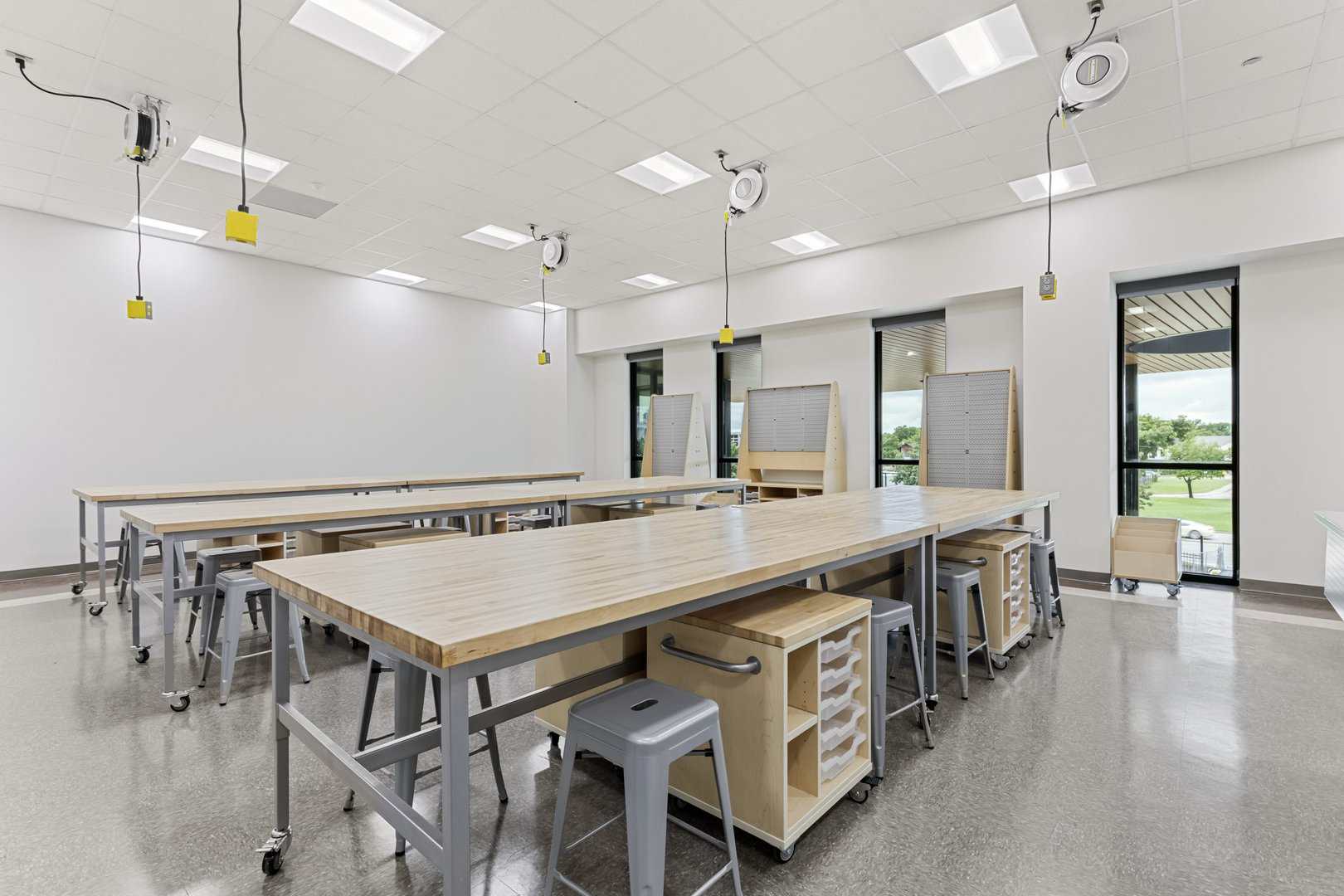
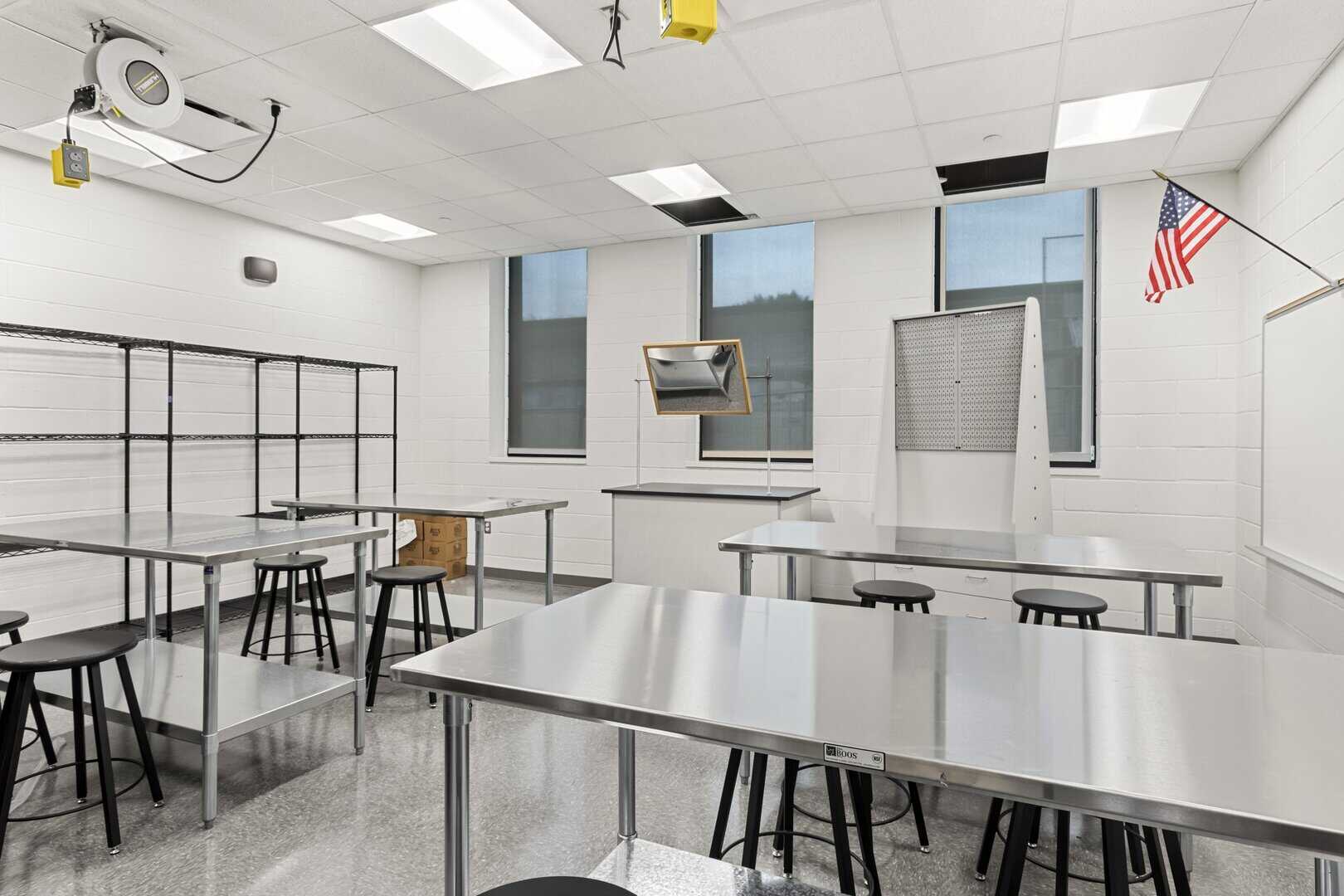
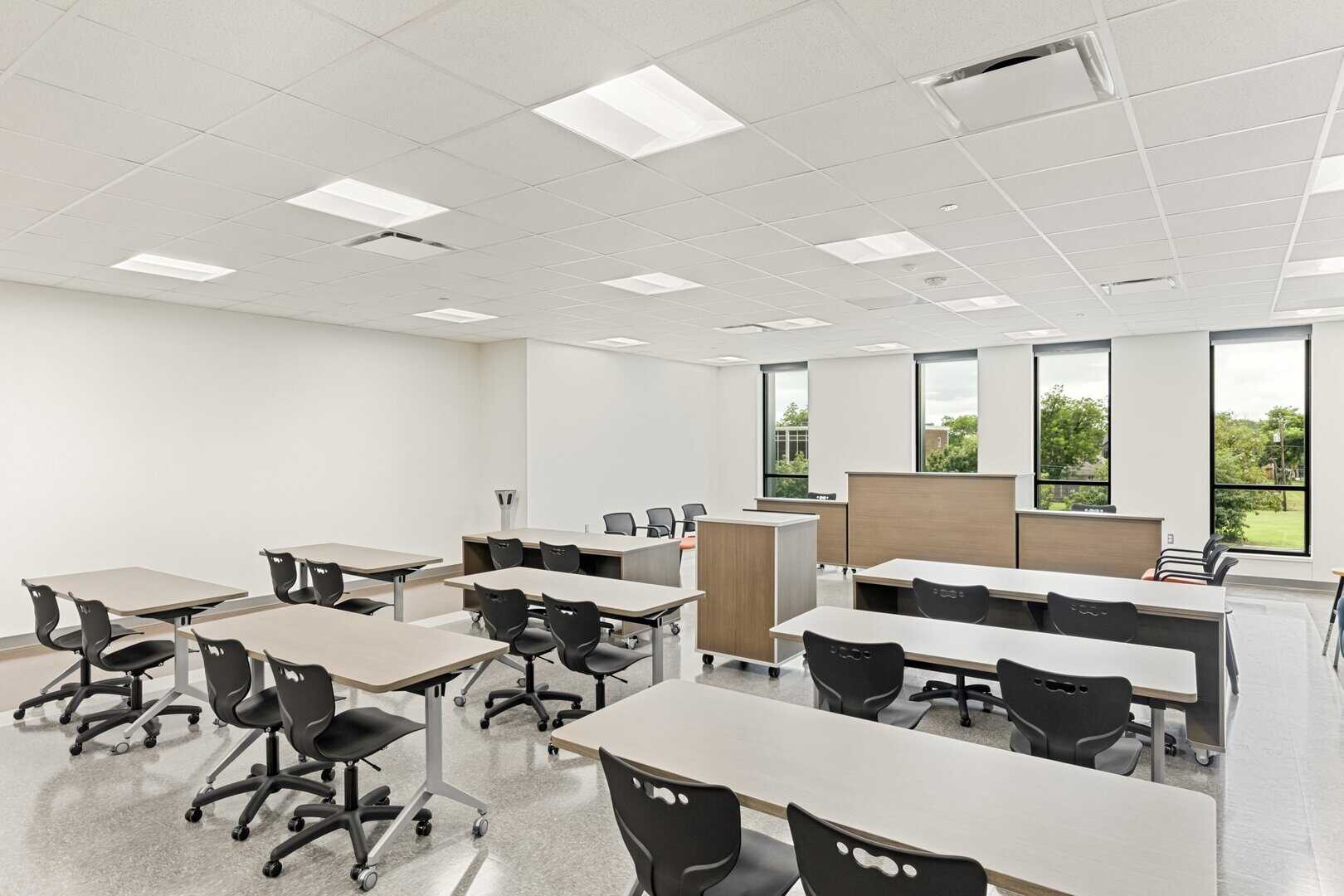
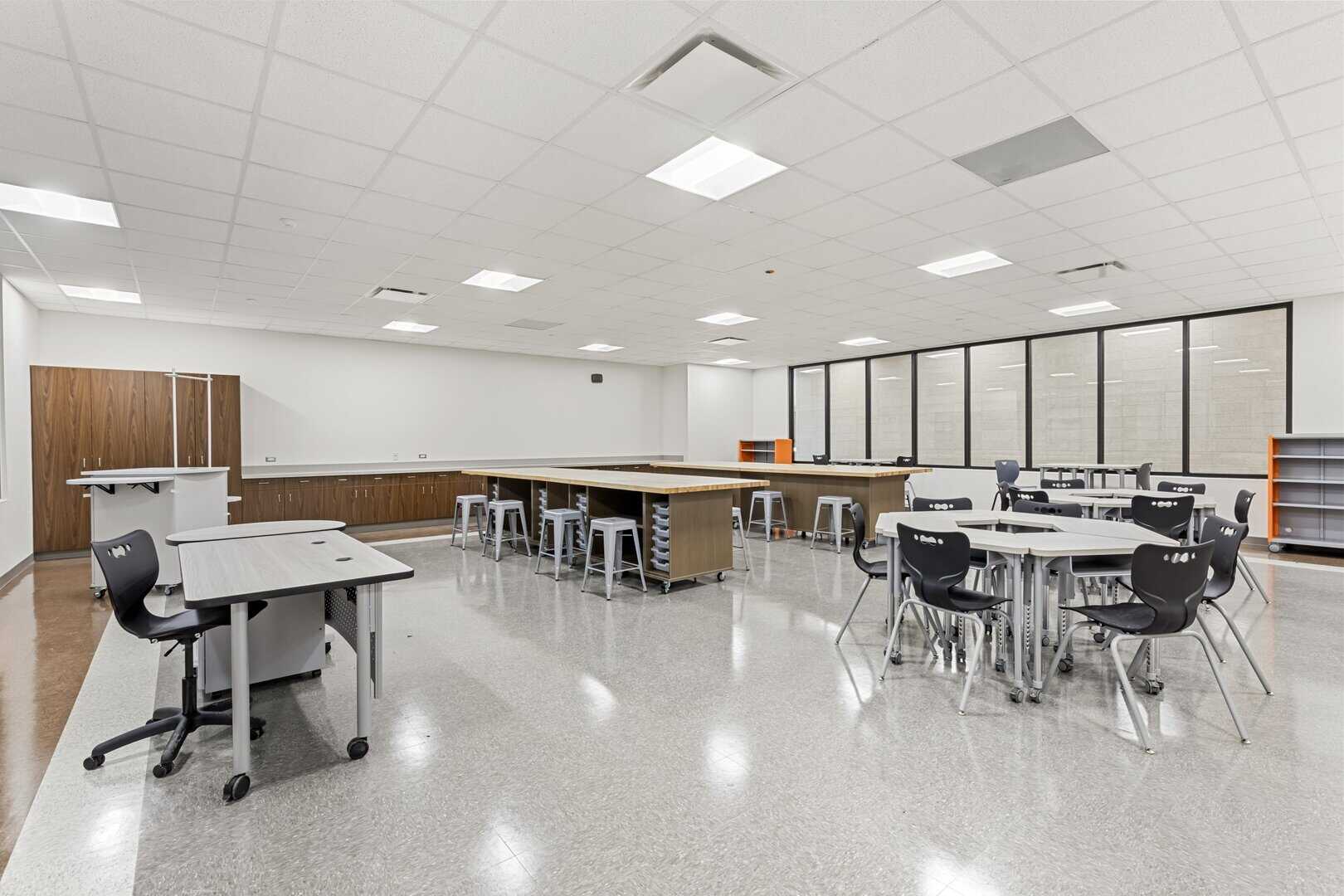
Within the arts and AV tech pathway, college students be taught abilities like podcasting and graphic design. In visible and performing arts, they not solely be taught artistic abilities like portray, theater, and dance, however additionally they study disciplines that mix creativity and technical abilities, comparable to set and costume design.
“There’s a dismissiveness about careers within the arts as a result of it’s assumed that it’s important to be a ravenous artist, however that’s really not the case,” Ashley Adams, government director of Arts Media Leisure Institute, tells Ok-12 Dive. “There are unbelievable jobs for college kids that use their artistic abilities, and it empowers them in case you can educate them about these careers early on.”
Arts, Leisure, and Design Pathway
Advance CTE, a nationwide affiliation of state CTE administrators and associated professionals, maintains a Nationwide Profession Clusters® Framework, which is a shared construction and language for designing CTE applications throughout the US.
In a nod towards the significance of artwork schooling as a stepping stone to significant careers, Advance CTE has added an Arts, Leisure, and Design profession cluster within the framework’s newest iteration.
This transfer is lengthy overdue. For too lengthy, the humanities have been handled as enrichment or extracurricular, moderately than what they honestly are: highly effective automobiles for profession readiness, private progress, and civic and group engagement.
Seeing the humanities formally acknowledged with their very own CTE pathway legitimizes the work that arts educators and college students have been doing all alongside—and it opens the door to significant help and long-term sustainability.
The choices for careers within the arts are far broader than individuals notice. Sure, college students might grow to be performers or academics, however additionally they go on to grow to be sound designers, audio engineers, arts directors, music therapists, composers for movie and video video games, digital content material creators, or arts-based entrepreneurs. Some even apply their coaching in fields like regulation, drugs, or know-how, the place self-discipline, creativity, outside-the-box considering, and important listening are important.
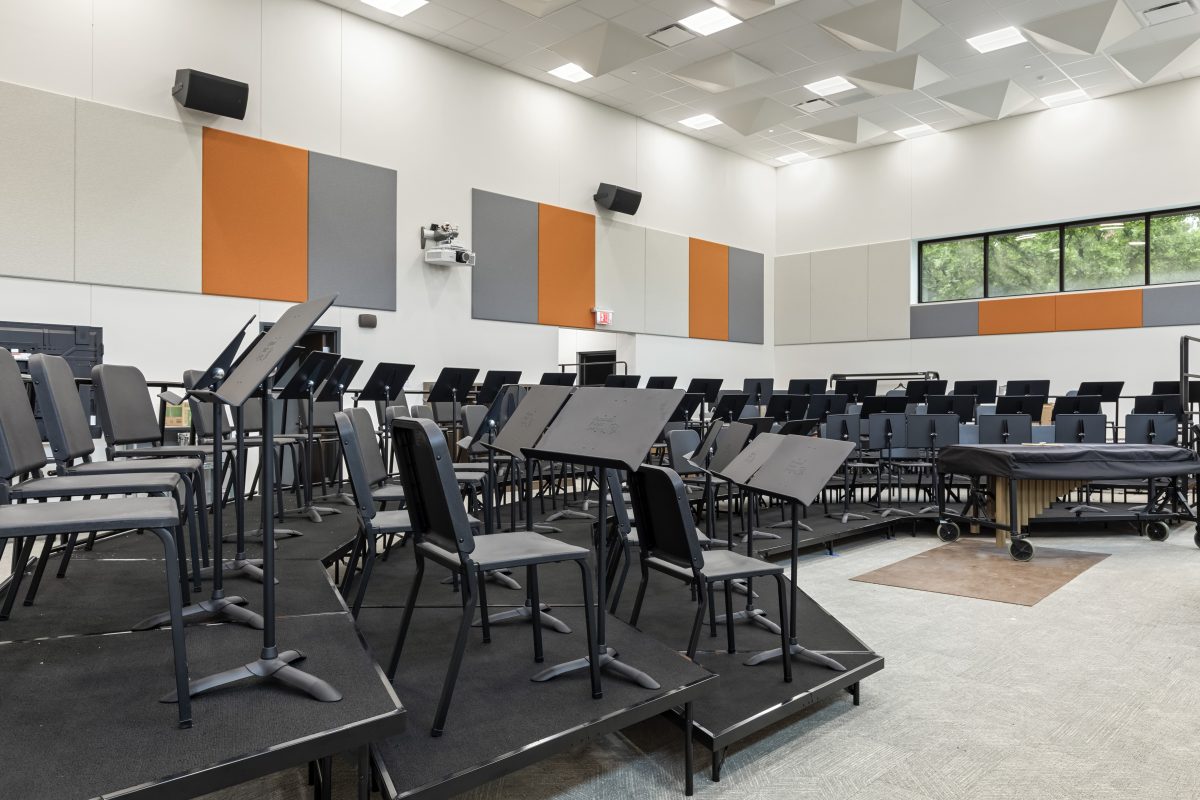
Three Causes to Contemplate Arts in CTE
Arts schooling has all the time been essential. It stimulates college students’ creativity, engages college students who’re artistically inclined, and helps foster an appreciation for the humanities amongst college students. It additionally nurtures college students’ id, expression, and voice, serving to them discover their place on the earth and develop empathy for others. In a worldwide economic system with a various workforce, these are vital life and management abilities.
The humanities educate us how you can be human. They assist college students construct emotional intelligence. And the mind analysis is obvious: College students who have interaction within the arts present stronger cognitive improvement, greater tutorial efficiency, and improved government functioning.
However there are compelling causes for Ok-12 leaders to think about integrating the humanities into CTE applications as properly. For instance:
The humanities are a serious trade.
Too usually, individuals consider arts careers as unstable or unrealistic. In actuality, the artistic industries are among the many fastest-growing sectors globally.
The humanities and cultural sector contributes greater than $1 trillion yearly to the U.S. economic system, together with $1.2 trillion in 2023—or 4.2 % of GDP. It helps tens of millions of jobs in areas comparable to design, movie, media, style, music, performing arts, and extra. Recognizing the humanities as a CTE pathway connects college students to actual financial alternatives.
There’s a sturdy workforce demand for artistic abilities.
Arts schooling develops a versatile, adaptive mindset—one thing that’s extremely precious throughout many profession paths, particularly in a quickly altering world.
Employers more and more worth creativity, communication, collaboration, and innovation—abilities which might be deeply developed via arts schooling. These are important in each conventional artistic industries and in non-arts fields comparable to IT, advertising, well being care, and entrepreneurship.
Integrating the humanities into CTE can elevate arts education schemes.
Though arts schooling is essential, it’s usually marginalized and is among the first areas to be lower when budgets are tight. Tying arts schooling to CTE repositions the humanities as equally rigorous and career-ready—and it might probably defend the humanities from funds cuts by permitting faculty methods to make use of Perkins cash and different funding for CTE programming.
CTE pathways present entry to sources that may stabilize and increase arts education schemes, which implies extra college students engaged, extra academics supported, and extra pathways opened.
Key Concerns for Studying Area Design
As with all kinds of studying environments, the design of the area itself has a profound impact on the standard of instruction that takes place there—and CTE school rooms that help arts schooling are not any exception. Listed below are three essential elements to think about when designing CTE studying environments that successfully help the artistic arts.
Authenticity is vital.
When designing studying environments for any kind of profession schooling, authenticity is essential. College students profit from studying in school rooms which might be modeled after genuine work environments like those they’ll discover in the actual world, utilizing precise instruments and gear dealt with by professionals in these fields. And this idea applies to the humanities in CTE as properly.
“Genuine experiences, gear, and know-how assist college students see themselves utilizing these abilities in the actual world sometime,” says Dr. M. Scott Tatum, the principal at Longfellow Academy in Dallas. “There’s no motive to coach children utilizing supplies and gear they’ll by no means use.” He provides: “Studying ought to really feel actual, not summary.”
Flexibility can be essential.
Creativity requires fluidity and agility. College students want the flexibility to collaborate in versatile, dynamic groupings as wanted, they usually want areas to experiment, transfer round, and check out new concepts. Utilizing modular and cell furnishings, comparable to tables on locking casters that may be moved across the room and grouped into completely different configurations simply, helps educators create free-flowing areas that successfully help arts-related applications.
Look to see leaders for inspiration.
Longfellow Academy simply opened a brand new 144,000 square-foot, state-of-the-art facility for its profession exploration applications. Consistent with the theme of authenticity, the constructing’s career-based school rooms embrace studying areas which might be designed, furnished, and geared up with genuine furnishings and supplies that professionals in these profession fields work with every single day.
As an illustration, the artwork and AV tech area features a information desk for college kids to apply broadcast journalism; a separate interview zone that’s arrange like a chat present atmosphere; a podcasting studio; and a huddle station that features a tall desk and a shared display screen for college kids to collaborate round. College students use professional-grade cameras, microphones, and modifying software program to create their productions.
The theater arts area consists of an performing studio, a scene store with work tables for college kids to construct units and props, and versatile “flipFORM” staging that may simply convert from a flat stage to riser steps to assist academics take advantage of this classroom area.
Educating Expertise for Viable Careers
Arts schooling is essential for college kids’ tutorial, social-emotional, and inventive improvement—and it might probably additionally result in extremely profitable careers in wide-ranging fields. By integrating the humanities into CTE programming, Ok-12 leaders can make sure that college students who’re artistically inclined have a chance to be taught and apply abilities that may put them on a path towards a viable profession.
When the humanities are centered in CTE, college students from all backgrounds—particularly those that might not in any other case have entry to non-public classes or extracurricular arts applications—can see themselves represented in artistic careers.
College Specialty has in depth expertise in serving to Ok-12 leaders design, furnish, and equip CTE areas that successfully help a broad spectrum of profession fields, together with the humanities. To find out how our Initiatives By Design division can assist you create dynamic CTE studying environments, name (888) 388-3224, or go to www.schoolspecialty.com/projects-by-design.
Dr. Sue Ann Highland is a Nationwide Schooling Strategist for College Specialty. She has greater than 20 years of expertise as an educator and administrator in class methods throughout Colorado, with broad experience in designing and creating extremely efficient studying environments.
Dr. Wesley Ferreira is an internationally acclaimed clarinetist, educator, and keynote speaker acknowledged for his artistry and thought management on the intersection of efficiency and schooling. He has appeared worldwide as a soloist, chamber musician, and recording artist, with highlights together with performances at Carnegie Corridor and concerto appearances with orchestras throughout the globe. A Professor of Clarinet at Colorado State College, he’s identified for his progressive, holistic instructing method that develops expressive, assured, and career-ready musicians. As a keynote speaker, he works with professionals in company and academic sectors on efficiency mindset and management. He additionally speaks passionately on arts advocacy, displaying how the creative mindset and inventive toolkit put together college students for viable careers, private progress, and lifelong transformation.